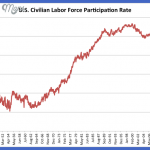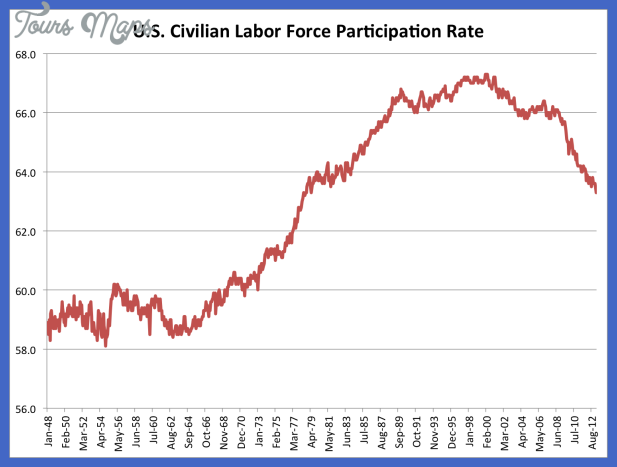Whereas the demographics of Minnesota’s Latino population have changed since the late 1800s, what attracts Latinos to the state remains the same. Family and kin networks fuel the growth of the community, but employment is the initial draw. Latinos first came to Minnesota to work in the sugar beet fields, in the packinghouses, and for the railroad. More recently Latinos have come to
Minnesota to work in food processing, agriculture, construction, and the thriving service industry.
In 2000 there were over 42,000 Mexicans in Minnesota, and over 132,000 native speakers of Spanish. Most in both groups are migrant workers. In addition to being drawn to Minnesota’s burgeoning industries, Latino labor migrants are attracted by Minnesota’s relatively low cost of living. Industrial and agricultural jobs in rural Minnesota offer an appealing combination of the two. For these reasons employers throughout Minnesota, but especially in rural Minnesota, have been able to recruit thousands of Latino workers.
Although their labor participation rates are high, Latinos are positioned near the bottom of Minnesota’s socioeconomic hierarchy. Latinos are much more likely than other Minnesotans to hold low-wage jobs, and therefore they have a much higher poverty rate than other minority groups. Latino mobility is hindered by their means of incorporation into U.S. economy. Work as they may, Latinos often find themselves in low-wage jobs, with little chance of promotion.
Sociologist Michael Piore has asserted that capitalist economies are structured by a dual labor market with a primary and secondary sector.8 The primary sector which encompasses business, finance, science, academia, and government employs a highly skilled, high-wage workforce. Economic mobility within this sector is high. The secondary sector, on the contrary, demands a low-skill, low-wage workforce, and mobility within it is restricted. Historically, the secondary sector has included the most vulnerable workers, essentially migrants who are relegated to a permanent discriminatory status because of their incapacity to negotiate with employers. This incapacity is compounded by one’s undocumented status. In fact, undocumented migrants are among the most vulnerable workers to date.
Latinos in Minnesota are most often employed in the secondary sector of the economy. Few have benefits or earn a living wage, and many cite abuses at the workplace. Recently, migration raids of workplaces throughout the country have heightened fear among all migrants, especially the undocumented, further stifling their demands for fair treatment. Minnesota has been the site of several migration raids, the most recent occurring in December 2006.
Barriers to the socioeconomic mobility of Latinos also include language, education, and history. Many Latinos who come to the United States do not speak English and have very low levels of education. In Minnesota only 71 percent of Latinos who are 25 years and older have a high school diploma. A study by the Center for Rural Policy and Development, at Minnesota State University at Mankato, of Latino communities in rural Minnesota found that education is one of the most pressing con-cerns.9 A consistently high number of Latino youths drop out of high school; in addition, there are many barriers to first-generation Latino migrants learning English. The task is all the more difficult when one is not educated in their native language, a common characteristic of Latino migrants. Further barriers to upward mobility and assimilation include the legacy of poverty and oppression that many Latino migrants
carry with them from their home countries; history weighs heavily on them and can perpetuate their discrimination and stagnation. Latinos in Minnesota face all of these barriers, but they continue to struggle to achieve the American Dream.
Minnesota Latinos in the Labor Force Photo Gallery
Maybe You Like Them Too
- The Best Cities To Visit in The World
- World’s 10 Best Places To Visit
- Coolest Countries in the World to Visit
- Travel to Santorini, Greece
- Map of Barbados – Holiday in Barbados




